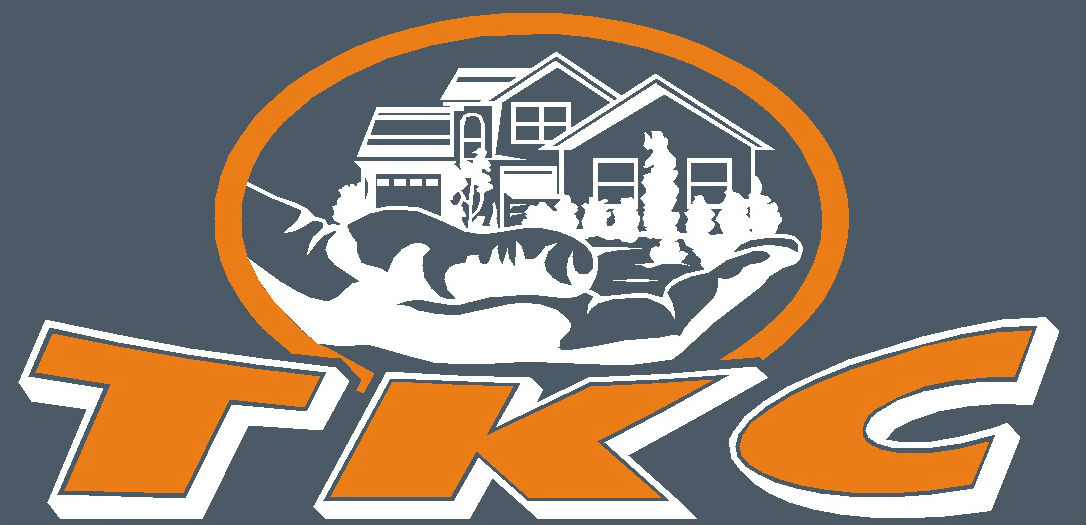Incorporate More Greenery Into Your Landscape Design in Washingtonville, NY
Allowing the natural beauty of your landscape to take center stage creates a soothing sanctuary where you can unplug from the world and relax with friends and family. In areas where expansive lawns and foundation plantings dominate, here’s how to incorporate more greenery into your landscape design in Washingtonville, NY.
Related: What to Look for in Landscaping Companies Near Me in Monroe NY
Layers
A layered landscape doesn’t just mean putting larger, darker plants at the perimeter and graduating toward shorter, lighter plants at the front. Think of layering as a pyramid. At the top of the pyramid are a few large trees. As you move down the pyramid you find evergreen shrubs; then, deciduous shrubs; next, ornamental grasses and perennials; then, groundcovers and vines; and finally, smaller plants in greater quantities. Start your landscape design at the top, and add more of each type of plant as you go down to create balance and interest. A very simplified example would be one tree, two evergreen shrubs, three deciduous shrubs, four ornamental grasses or perennials, five groundcovers, and six annuals. The actual ratios will depend on the available space and the size of the plants.
The balance created by layering a landscape is important. If you have too many trees, you’ll have a forest; if you have too few ground covers, then you will have too much of a stark contrast between very tall plants and the lawn. Layering eliminates micro-zones of plantings in the landscape, which end up looking like little islands within the landscape.
When layering greenery, think about depth. Staggering plants from different layers creates a softer, more natural look than lining up plants like little soldiers. Repetition, such as a row of low ornamental grasses or ground covers along a walkway, guide the eye and encourage you to move down the walkway.
Remember the Mature Size
Many people make a critical mistake when installing a new landscape: they plant evergreens, for example, just a few feet apart when they are only 5’ tall, and they don’t take into account the fact that these evergreens may easily reach a 20’ spread. Once you know the size of each plant once it matures, plant them so that they have “breathing room” and fill in the spaces between using the layering concept.
Pull Plants Away from the Foundation
An outdated approach to foundation plantings is a series of evergreen shrubs hugging the foundation. This visually and practically isolates the home from the landscape. An expanded foundation planting area gives you the opportunity to soften the transition between the home and the landscape, and it’s a way to add a more interesting variety of plants. Foundation plantings should extend at least 6 feet out from the home. If space allows and if the home is large, these planting beds could be as wide as 10 feet.
When you’re layering foundation plants, don’t adhere too strictly to the “tall plants in back, mid-sized plants in the middle, and low plants in front” rule. Weave some of the midground plants into the background and foreground. And put some of the foreground plants all the way in the back to fill in any gaps. Of course, you don’t want to hide plants, but when you stagger them, this won’t be a problem.
Focus on Natives
You can achieve spectacular landscape results using nothing but native plants. They are well-adapted to their surroundings, which makes them very low-maintenance and much more resistant to pests and diseases than exotics.
Add Greenery to Your Patio
Take the opportunity to add even more greenery on your patio and entryway to soften the hardscape and add vertical interest. Colorful pots or masonry planters are just two opportunities to green up your outdoor living spaces.
For more ideas or to get started designing and building your dream landscape, give the pros at TKC Landscaping a call!

